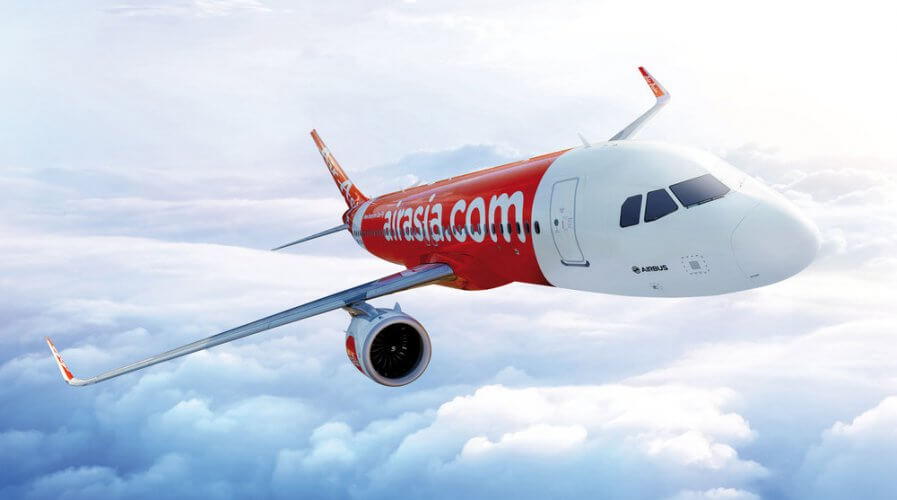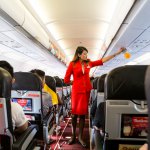
AirAsia, since its inception, continue to set the industry trend and a clear leader in charting the industry’s digital journey. Source: AirAsia
Timeline: AirAsia’s digital transformation journey
IN the age of digital transformation, companies either hop onto the latest technology bandwagon willingly or are forced to adopt modern approaches because of customer demands and competitive market forces.
But Malaysia’s low-cost airline AirAsia was born with a desire to be digital-first — even though it wasn’t a digital native to begin with.
The company’s digital vision took flight in 2002 when the Group CEO Tony Fernandes realized its distributions channels had to be optimized if the airline was to make flying easier for the masses.
As a result, AirAsia went completely ticketless and rolled out online booking through its website. Subsequently, it became the world’s first airline to offer SMS and mobile web booking services — allowing customers to move away from traditional ticketing and travel agents.
“We were one of the first companies – not just as an airline – but one of the first to embrace e-commerce in a big way, and we fostered a culture of booking tickets via the website,” AirAsia Deputy Group CEO Aireen Omar said in an exclusive interview with Tech Wire Asia.
“That was key,” she added. “It has set the tone for everything else we have done since, and what we are doing today.”
Aireen oversees the group’s digital transformation and corporate services.
Since then, AirAsia has continued to innovate and transform its operations, raising the bar every step of the way. And it has done so with a clear focus on optimizing cost, without negatively affecting customer experience.
In 2014, it became first Malaysian airline to introduce Wi-FI services onboard its flights. The roKKi powered Wi-Fi system was developed by AirAsia’s subsidiary Tune Box.
“At AirAsia, innovation is key, not just in the products and services that we provide, but also in the experiences that we create for our guests. It is important to keep up with the needs of our guests and maintain relevance with all of them,” Aireen said then.
Earlier this year, the airline integrated facial recognition technology via F.A.C.E.S. – Fast Airport Clearance Experience System – in an effort to make the traveling process more frictionless.
“It (F.A.C.E.S.) would not only make it easy for passengers in their travels but also helps us manage the volume (of passengers) that we see at our airports. We see about 10 percent growth in volume every year, and the airports get congested easily,” Aireen explained.
Through all its digital initiatives, the company has generated what it considers its biggest asset – a significant amount of data – from all aspects of its operations, from customer behavior patterns to aircraft engine data.
To help manage and gain valuable business insight from its data, the company recently partnered with Google Cloud to integrate machine learning and AI.
Aireen is confident that partnering with Google will allow AirAsia to deliver on its ultimate objective: becoming a “travel technology company”.
The airline hopes to evolve into a one-stop, complete, e-commerce platform that provides a seamless travel experience to its customers.
Below are some of the major milestones digital AirAsia has achieved in the last two decades or so.
READ MORE
- Ethical AI: The renewed importance of safeguarding data and customer privacy in Generative AI applications
- How Japan balances AI-driven opportunities with cybersecurity needs
- Deploying SASE: Benchmarking your approach
- Insurance everywhere all at once: the digital transformation of the APAC insurance industry
- Google parent Alphabet eyes HubSpot: A potential acquisition shaping the future of CRM






